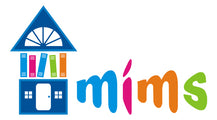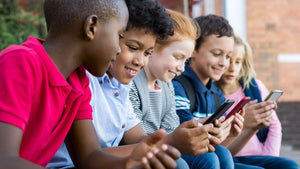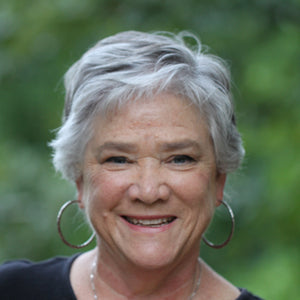Digital Readers: eBooks Required
Recently, I’ve talked about the Alpha Generation (born 2010-2024). These are the kids who fill up our elementary schools today, and they are second-generation digital natives. To serve these readers, we need to change our goals:
DIGITAL READERS NEED DIGITAL TEXTS
One stark fact stared us in the face: digital readers should have digital texts.
eBooks developed alongside the development of the personal computers. As computer design improved, the practicality of ebooks improved. The 1990s saw development of dedicated ebook readers. But the technology became mainstream when Amazon launched the Kindle reader in November, 2007. By 2010, ebooks outnumbered sales of hardcover books.
For kids, the EPIC! App launched in 2013 and quickly became common in elementary libraries and classrooms. In 2020, kids read 1 billion books on the EPIC! App, mostly in school. We need to understand that they are already reading ebooks, and provide them digital texts for leisure reading.
TECHNOLOGY IS SIMPLE - AND YET
The ebook technology is simple, and yet…for children’s books, it’s complex. The basic ebook allows reflowable text. That is, the reader is allowed to increase or decrease font size and that forces some text to the pervious page or the next page. For children’s chapter books or novels, this is a perfect solution.
But children’s picture books need a different solution as a digital text. The images and text must remain together or much of the story’s meaning is lost. Sometimes, there’s text on one side of a double-page spread and an image on the other side. But more often, the text is overlaid or embedded into the image. This kind of text cannot reflow, or the story becomes muddled or meaningless.
Few engineers or technology people worried about this because it wasn’t the main market, and besides, they reasoned, kids shouldn’t be allowed screen time.
Alpha kids need those picture books
In my first post, I looked at some of the traditional answers to the question of how do we develop readers:
1) A household that has over 25 books will produce better readers.
2) 1000 Books. https://1000booksbeforekindergarten.org/ Some argue that kids need to experience 1000 books before kindergarten.
If we say that kids need to experience 1000 books before kindergarten, and we agree that Alpha kids need digital texts to become digital readers, THEN many of those 1000 books should be eBooks.
Of course, we’ll never replace print books, especially for those early years! But if reading is only presented as print books, then reading is at a disadvantage. Preschool kids know and understand technology. We must equate reading and technology! We must develop Digital Readers.
There’s no right or wrong here, but what if kids experience 250 eBooks and 750 print books? That would support our new goal of developing Digital Readers.



